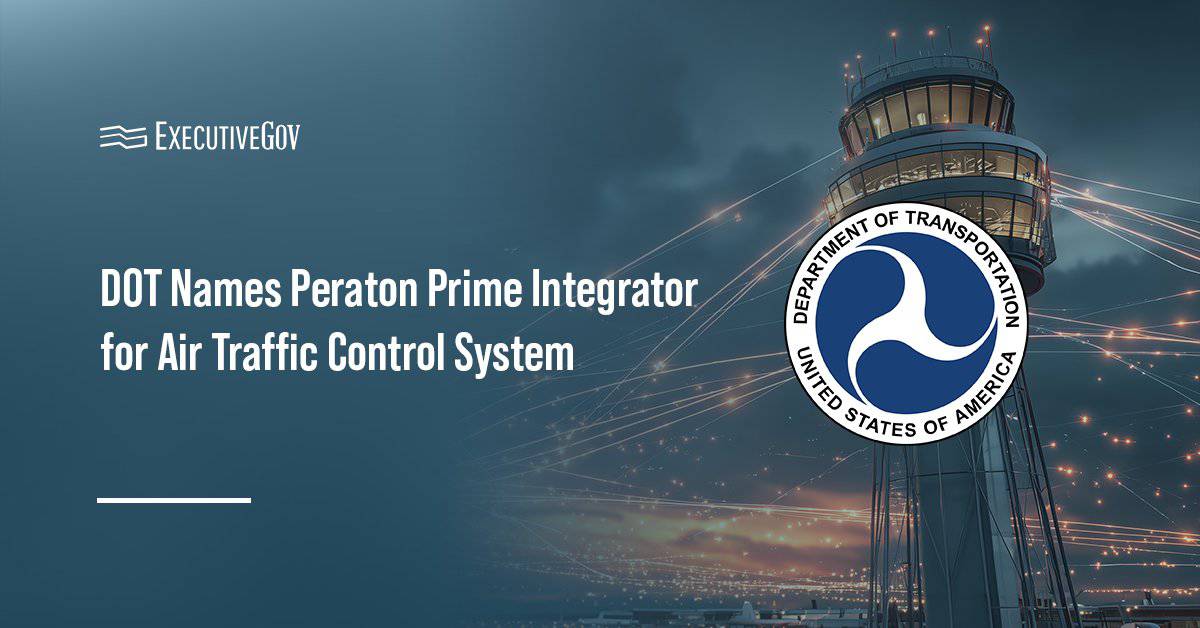The U.S. Navy has commissioned its 32nd Independence-class littoral combat ship built to operate in near-shore environments during a ceremony held at Port Hueneme in California, DVIDS reported Saturday.
The USS Santa Barbara (LCS 32), manufactured by Austal‘s U.S. ship manufacturing business, was christened in October 2021 and delivered to the Navy in July 2022 to support maritime security and deterrence missions.
LCS 32 is the third Navy ship to bear the name of its namesake city in California and arrived at its homeport on Jan. 18 after completing operations on the east coast.
Adm. Samuel Paparo, commander of the U.S. Pacific Fleet, said the Navy’s LCS fleet is “ideal for integrating into joint, combined, manned and unmanned teams to support maritime security operations and humanitarian missions around the globe.”





